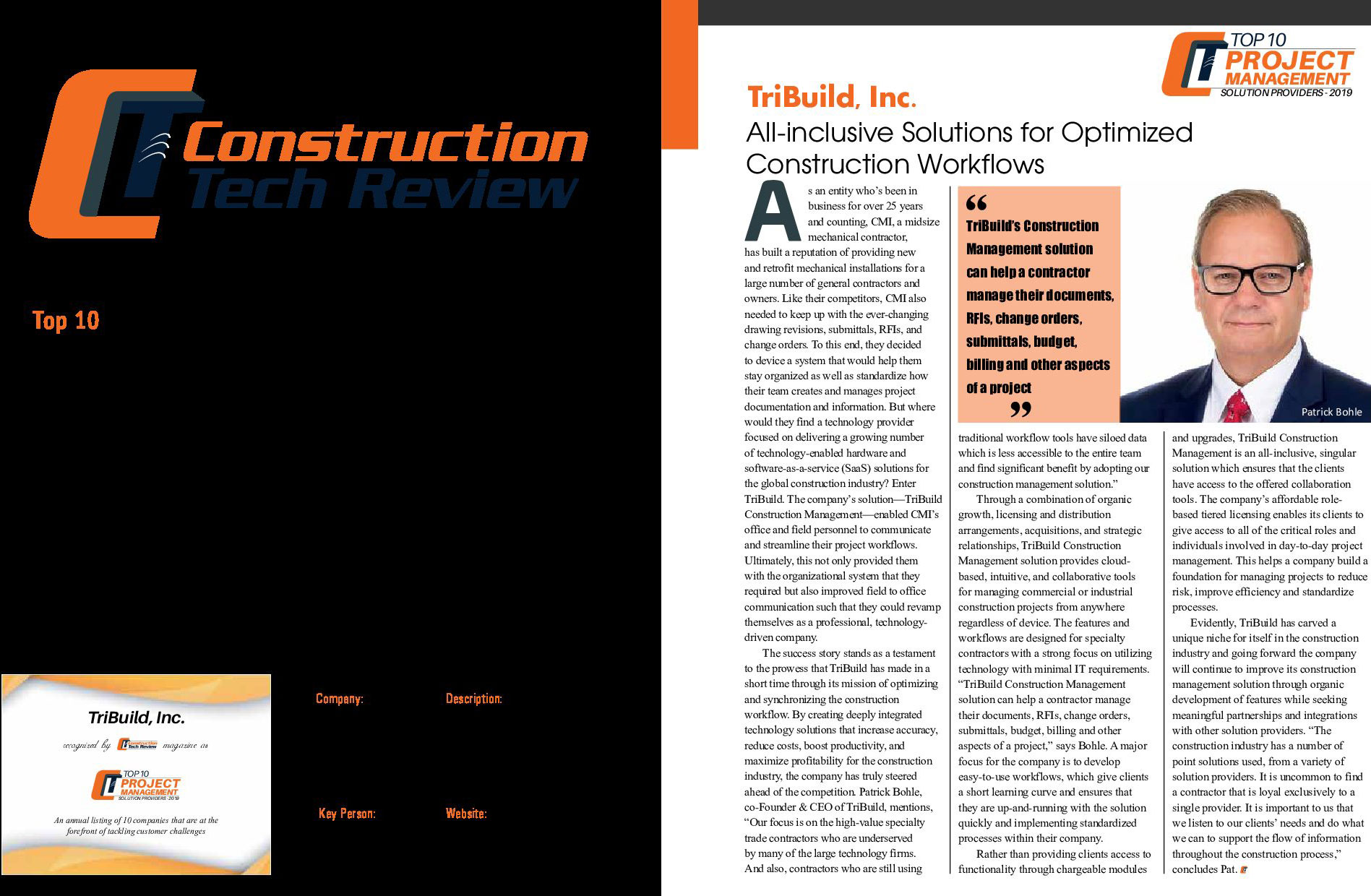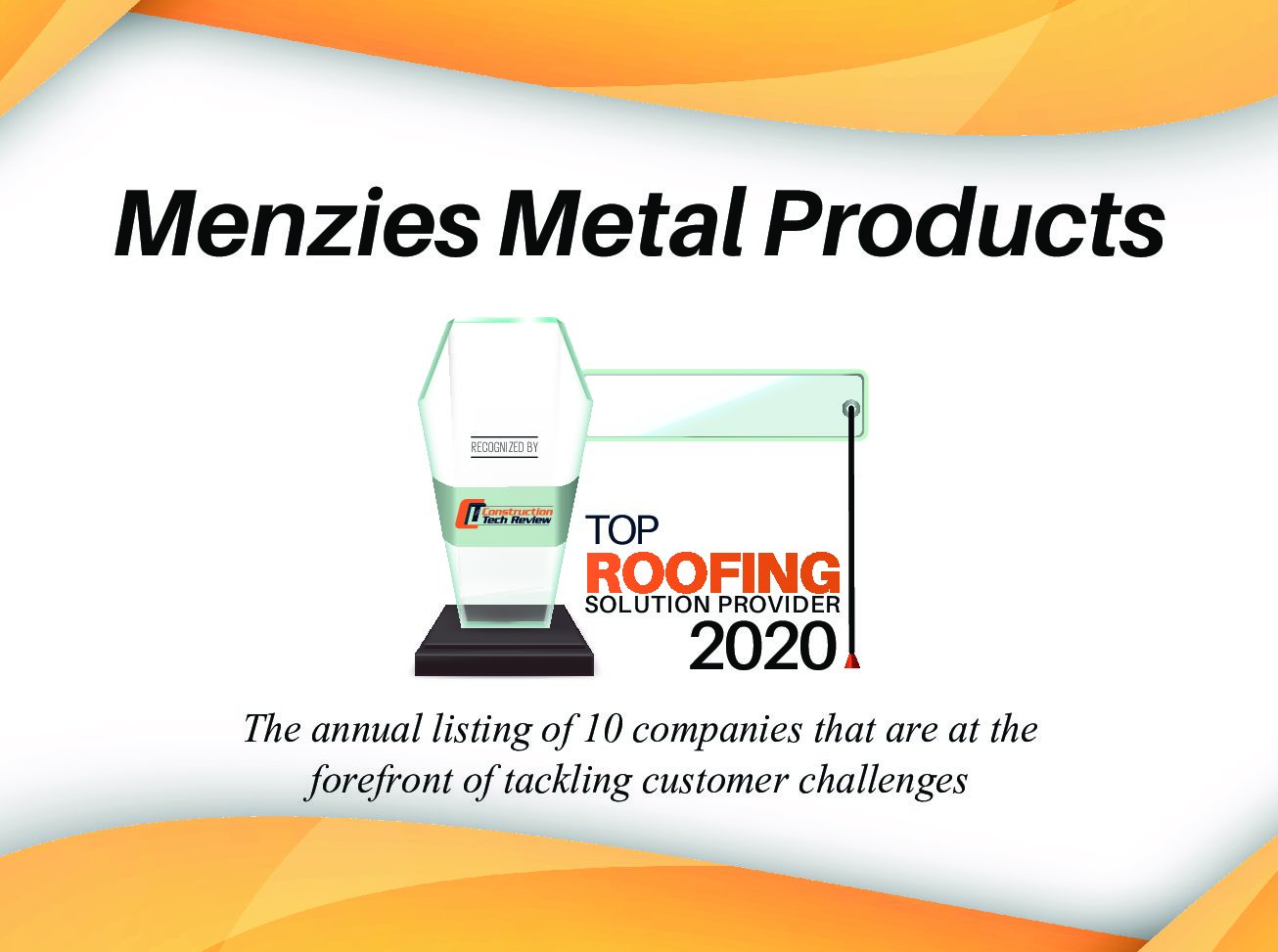Blog
As our main article mentions, scupper drains funnel water off flat roofs to prevent immediate or long-term damage due to ponding water.
This article will further discuss box scuppers’ uses, installation, and maintenance. Read More
 Photo source: www.reddit.com/r/CatastrophicFailure
Photo source: www.reddit.com/r/CatastrophicFailure
The primary drainage system of a flat roof can fail due to debris clogging it or because it can’t withstand an intense downpour. Whatever the reason, water will pool, which can collapse your roof. Because of this, secondary (emergency overflow) scuppers are required by the IPC (International Plumbing Code) and IBC (International Building Code) for roofs with parapets.
The main function of overflow or secondary scuppers is to back up the primary one by draining rainfall water to prevent it from overloading your roof. Read More

Photo source: www.wncroofing.com
Engineers design roof drainage systems based on rainfall statistics. The ASCE (American Society of Civil Engineers) and IPC (International Plumbing Code) consider a 100-year rainfall (a rare and intense rainfall event with a 1% probability of occurring in any given year) measured during 15 to 60 minutes.
However, historical data has taught that drainage systems of most membrane roof systems will experience a downpour exceeding the 100-year design rainfall.
The combination of severe rainfall and an inefficient roof drainage system will produce a water depth beyond what the roof can handle, causing immediate structural collapse or mid- to long-term roof deterioration, leaks, and related problems such as algae and moss growth or insect pest infestation—mosquitoes.
Scupper drains are cost-effective roof drainages that prevent structural failure by keeping water from overloading the structure during heavy rainfalls.
However, even if your roof already has scupper drains, consider an inspection to ensure they comply with the latest codes and regulation updates or to discard leaks or any other issue due to improper fabrication or installation.
In this post, we’ll share the basis of scupper drains, their types, design considerations, and maintenance tasks. Read More




We now have demonstration videos of several of our products on Youtube. Those product’s pages have the videos linked but here they are as well.
There is a video of TITEBOND Weathermaster Metal Roof Sealant being applied underwater, not just water, but ice water! https://www.youtube.com/watch?v=Xsgyu5Wa1LU
There are installation demonstrations of several of our drains and flashings featuring Menzies TPO Direct Weld™ where you can see how much time and labor is saved using Direct Weld™ TPO products. Read More


